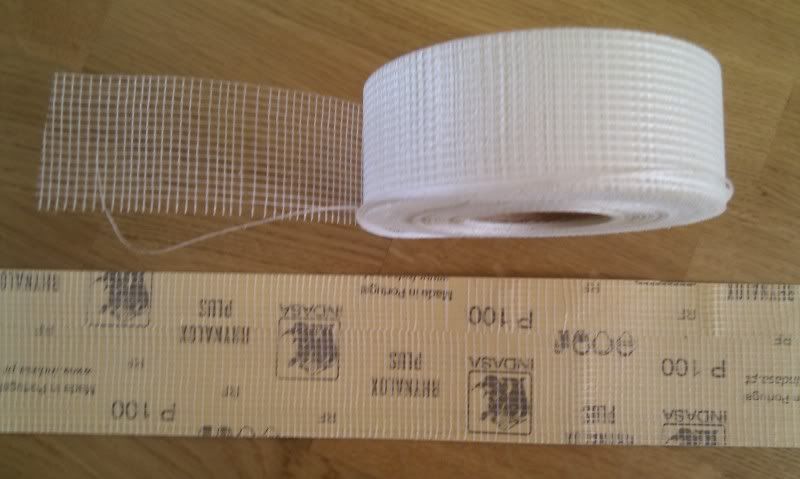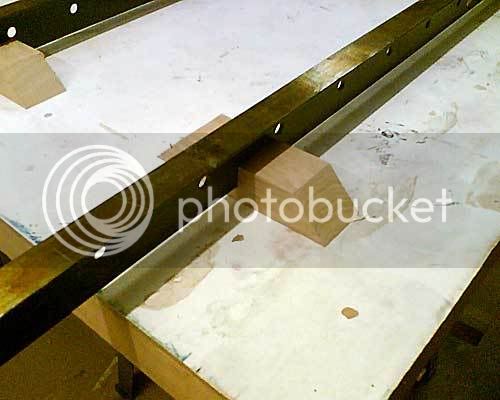A
Anonymous
Guest
Benchwayze":3jw24l02 said:DOOGYREV":3jw24l02 said:To get those old rusty stubbon screws out, tighten them first then they are easier to unscrew.
To get loose screws tight again, use a scrap chunk of timber and a chisel to make some rough little pointy wedge type splinters (don't know if there is an actual word for them) then knock them into the screw holes with the flat side of your chisel and cut them flush, and voila tight screws again.
yes Doogy,
I call them matchstalks! :lol: :lol: :lol:
John :wink:
doh didn't see this one


































